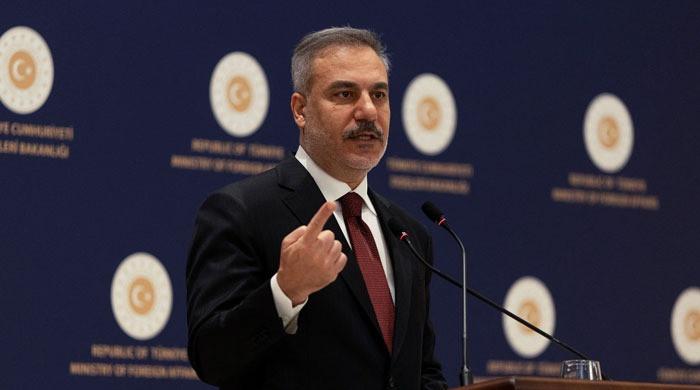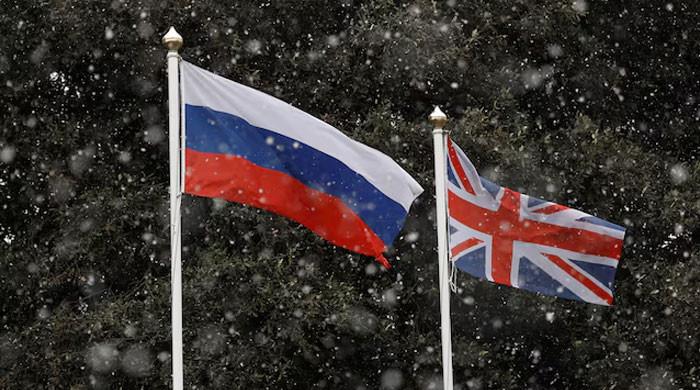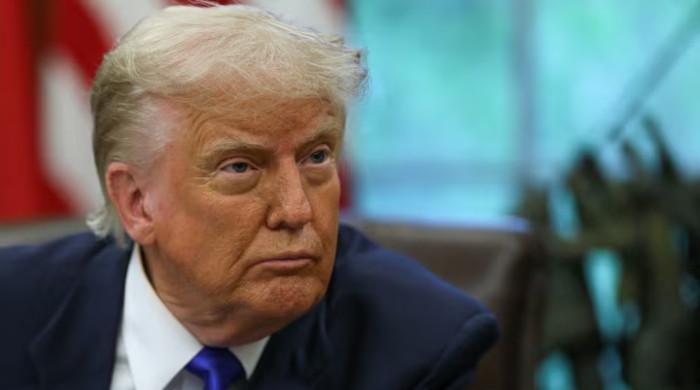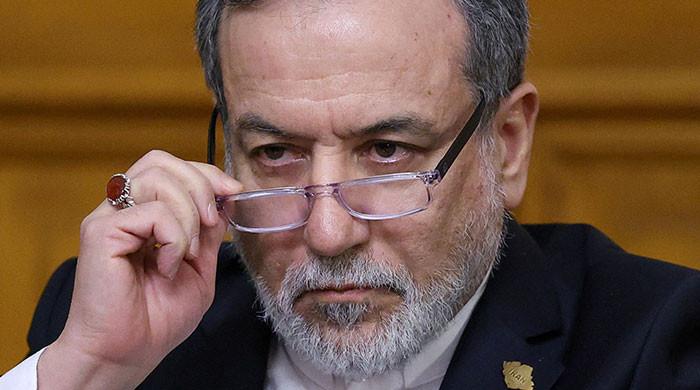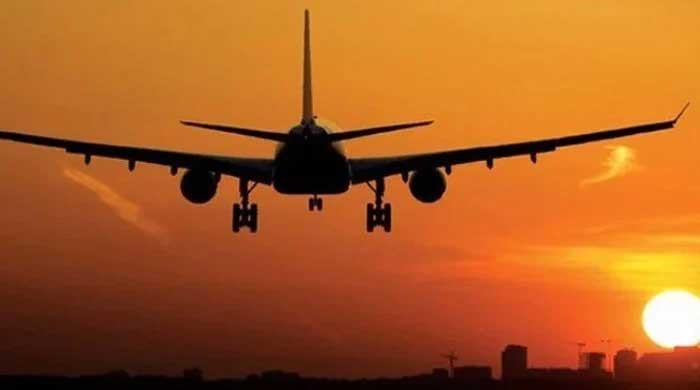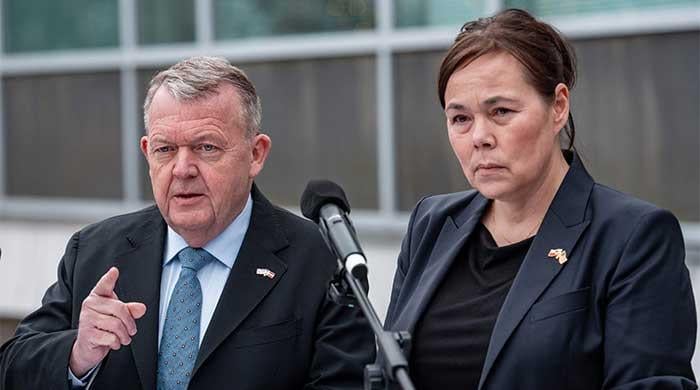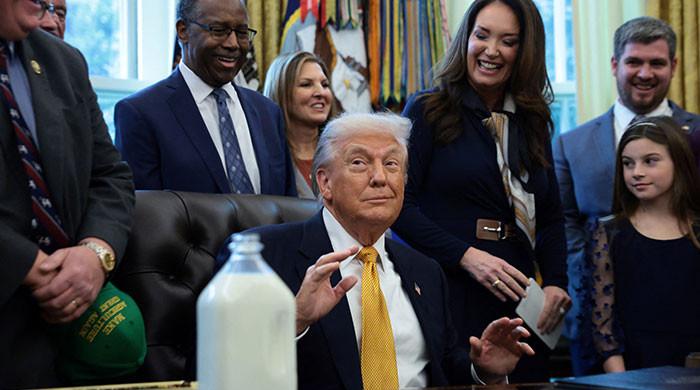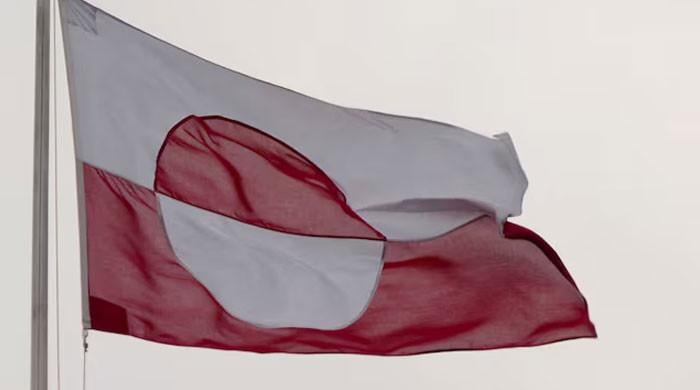The state of virus lockdowns in Asian countries
A look at how major Asian economies, eager to resume business activity, are slowly attempting a move back to normalcy
May 08, 2020
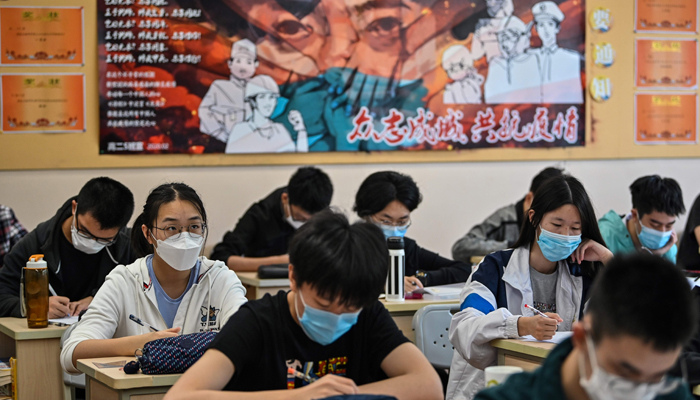
As countries around the world are reporting a flattening in the curve of coronavirus infections and moving towards an easing in restrictions, major Asian economies, eager to resume business activity, are following suit.
The following few are a spectrum of examples of how in some places success in defeating the virus came after stringent measures, signalling a time for curbs to be lifted and how in others, a constant battle to keep the economy afloat meant that governments could not wait that long.
In others still, lockdown measures came late in the backdrop of much controversy and skepticism.
China
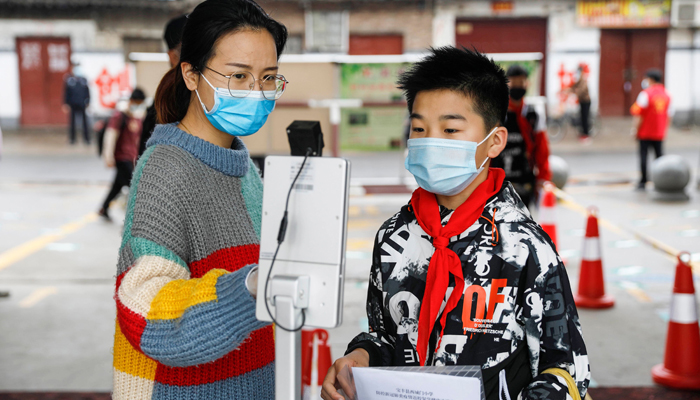
China implemented a strict lockdown in Wuhan on January 23. The city, believed to be the point of origin, bore the brunt of the virus with more than 80% of the country’s cases reported from there, according to the Johns Hopkins dashboard.
The use of all public transport — buses, railways, flights and ferry services — remained suspended for more than two months with no exceptions even for personal or medical emergencies. No one was allowed in or out of the city.
Schools and universities, already on holiday for the Chinese New Year, were to remain shut indefinitely. Manufacturing plants were also closed.
No retail outlets were allowed to operate, except those selling food or medicine.
In the early days, people were allowed to leave their homes, but that soon changed. Under new rules, one member per family was allowed out every two days to buy necessities. Some areas barred residents from leaving altogether, asking them to get food and other supplies delivered.
Restrictions were tightened further when officials began doing door-to-door health checks and putting people into quarantine when found ill.
A day after Wuhan went into lockdown, 14 other cities of the Hubei province followed suit. More than 50 million people were completely confined to their homes.
On February 13, the Chinese government announced an extension in the lockdown till at least February 20, ordering all non-essential companies to remain shut in Hubei, including manufacturing plants. Come review time on February 20, the lockdown was further extended till at least March 10.
On March 10, Huangshi city eased restrictions and allowed traffic on roads, as did Qianjiang.
By March 14, Hubei Sanitation and Health Committee Vice-Chairperson Liu Dongru declared only Wuhan to be a "high-risk area" and that the rest of the province can be considered medium- or "low-risk areas".
Subsequently, these low-risk areas saw industries slowly begin work and production.
Four days later, Hubei’s COVID-19 taskforce said that all anti-COVID-19 traffic checkpoints within the province are to be removed, keeping intact checkpoints for traffic in and out of the province.
Beginning March 22, restrictions began to loosen in Wuhan. According to a report in The Guardian, on March 23, people left their residential compounds for the first time to go to grocery stores or just walk along the streets. That weekend, the city welcomed the first train carrying about 1,000 workers from other parts of the province, so they may go back to work.
Residents were allowed to resume work activities if they did not have a temperature and “could provide a green health code, signifying their virus-free status as well as a certificate from their employer”, reported the publication.
So, the city saw a gradual reopening, as had the other cities, earlier. The continued restrictions, authorities said at the time, will be lifted in a “gradual and orderly manner”.
By March 25, Hubei saw all restrictions lifted outside Wuhan. People were still required to confirm their ‘Green Code’ classification, via Alipay’s monitoring system, before travelling.
The city was seen by residents as “liberated” on April 8, with all transportation resuming, though the ‘Green Code’ requirement still applicable for travellers.
Even then, Wuhan residents were urged not to leave their neighbourhood, their city and even the province unless absolutely necessary, reported Reuters.
In the city, many shops remained closed, with restaurants reopening only for deliveries. Many schools, cinemas and other entertainment venues were also shut.
Students in a number of cities including Shanghai and Beijing began returning to classes in late April, starting with high schoolers.
Shanghai plans to begin bringing the upper-level primary school grades back in on May 18.
The form that graduation ceremonies will take is a quandary for schools worldwide, and Shanghai High is no exception.
Many neighbourhoods remained sealed off, and only those who obtained permission from their employers able to come and go. People from Wuhan arriving in the Chinese capital Beijing will have to undergo two rounds of testing for the virus.
China has since continued to maintain strict screening protocols, concerned about any resurgence in domestic transmissions due to virus carriers who exhibit no symptoms and infected travellers arriving from overseas.
The economy has seen modest recovery with exports experiencing a shock 3.5% rise in April, official figures show, partly due to rising medical exports.
China — excluding Hong Kong and Macau — has to date declared 4,633 deaths and 82,885 cases. It has 77,957 recovered cases.
India
About the time China began easing restrictions, India went into “complete lockdown”, on March 25. Though China’s lockdown was seen by the World Health Organisation as “unprecedented in public health history”, India’s is unique in the fact that it is the biggest — 1.3 billion people have been told to stay at home.
It is also considered the "harshest" lockdown with a uniform policy announced across the country.
The lockdown, announced by Prime Minister Narendra Modi in a televised address on March 24, was first enforced for 21 days. It came five days after, in a similar address to the nation, Modi had announced a ‘Janta Curfew’, asking people to stay off the roads and public places from 7am to 9pm.
Four days into the lockdown, Modi apologised to the public for imposing the three-week national lockdown, calling it harsh but “needed to win” the battle against the pandemic.
Under the lockdown, all businesses and social activities were curtailed, restricting movement to a minimum — only to buy food, medicine or other essentials. Heavy travel restrictions were also imposed, including suspension of most visas and a halt on all international flights. Train and flight services within the country were also banned.
On April 14, a day before the lockdown period was to end, Modi announced an extension — till May 3. This time, new rules, to come into effect on April 20, were announced. Under these, an ease in the supply chain and a cushioning of the economic impact of the lockdown were expected.
According to a BBC report, under the new rules, international and domestic travel was still banned. All schools, colleges, malls, cinema halls and businesses were to remain shut — with the exception of grocery stores and pharmacies. Public gatherings and socialising were also prohibited.
What was different was that agricultural businesses were allowed to open. “This includes dairy, aquaculture, tea, coffee and rubber plantations, as well as shops selling farming products — such as fertilisers or machinery,” said the British publication.
It said that public works — a crucial source of income for daily-wage workers — were also allowed to open under strict instructions to follow social distancing protocols.
Due to a strain on the supply of goods during lockdown, the country also permitted trucks, trains and planes carrying cargo to operate.
Banks were also allowed to open, as well as social security centres that distribute pensions and benefits.
Self-employed workers — such as plumbers, electricians and carpenters — were allowed to resume work.
In a welcome news for truck drivers, highway eateries were also permitted to operate with social distancing rules in place.
The government, however warned that these relaxations will not apply to what they called “containment zones”. In areas not considered hotspots, some public and private workplaces were allowed to open.
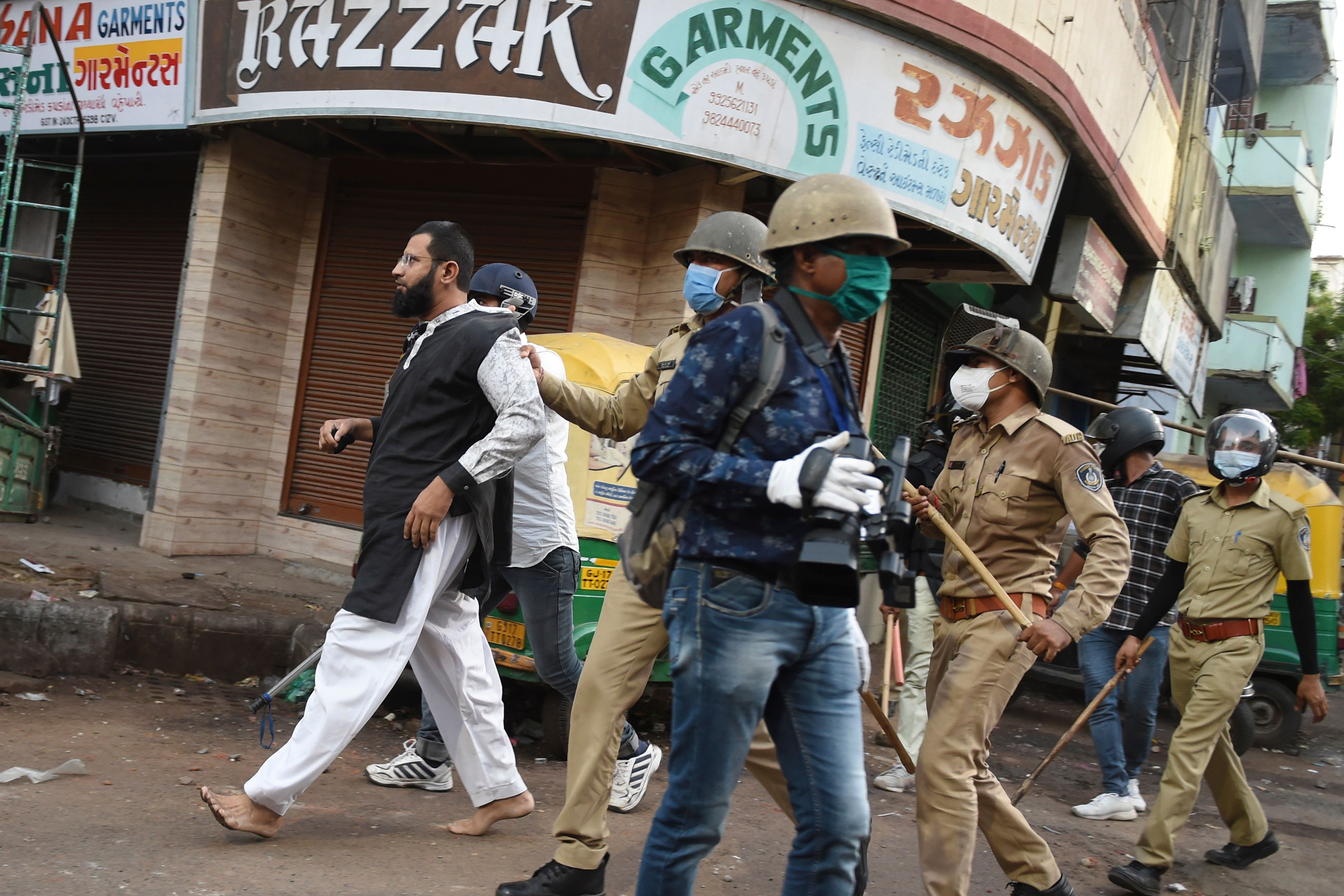
On May 1, it was announced that the lockdown will be extended till May 18. According to an updated BBC report, new guidelines were issued, under which the country’s designated red, green and orange zones were updated.
Areas are classified as green zones when no new cases are reported for 21 days. All the major Indian cities remain classified as red zones and here, strict measures will continue to be enforced.
However, all zones have been described as “dynamic” and will be updated weekly, said officials.
Under the extension, all schools, restaurants and places of worship will continue to remain closed.
According to the latest John Hopkins tally, India’s total cases now number 54,539 with 1,839 deaths.
Pakistan
Pakistan’s response to the outbreak at the national level has been cautious, with the province of Sindh choosing largely to chart its own path and ending up “leading the way” for others to follow, as observed by Dawn.
Some form of a nationwide lockdown began in earnest on March 13 after a National Security Council meeting was held and it was decided all educational institutions must remain closed. It was also decided that international travel will no longer be permitted, as well as large gatherings. The country’s western borders were also sealed.
Sindh was the first to introduce sweeping measures which came into effect on March 23. Beginning Pakistan Day, a blanket ban was placed on “unnecessary movement” throughout the province for two weeks.
All offices, malls, restaurants and public spaces were shut down and restaurants were told to cease delivery and take away operations.
That same day, the Civil Aviation Agency announced it is halting flight operations at Karachi’s Jinnah International Airport and the Sukkur airport.
At the time Prime Minister Imran Khan opposed the move, saying it would “cause people to die of hunger”.
Meanwhile, Punjab introduced “less harsh” measures with a “partial lockdown”. All government and private institutions, offices, malls, restaurants and non-essential services were barred; public transport halted, pillion riding was barred, but emergency intra-city travel was permitted.
The government of Balochistan followed with a ban on malls, shops and business as well as public transport.
Khyber Pakhtunkhwa introduced the same restrictions, including on inter-city travel, and also went the extra mile to make use of masks mandatory in public places.
Sindh had already placed a ban on congregational prayers of more than five people in the earlier phase of the lockdown. The move was met with much criticism and downright opposed by the ulema. Following a meeting with the president, a 20-point agreement was derived to follow as protocol, keeping in mind the month of Ramadan which was soon to begin.
The agreement continues to be implemented across the nation, allowing worshippers to gather so as long as they stick to safety precautions. Sindh, however, discussed its reservations with the president and obtained his nod to continue to limit congregations in mosques to five people only, after doctors sounded the alarm against a rising number of cases in the province.
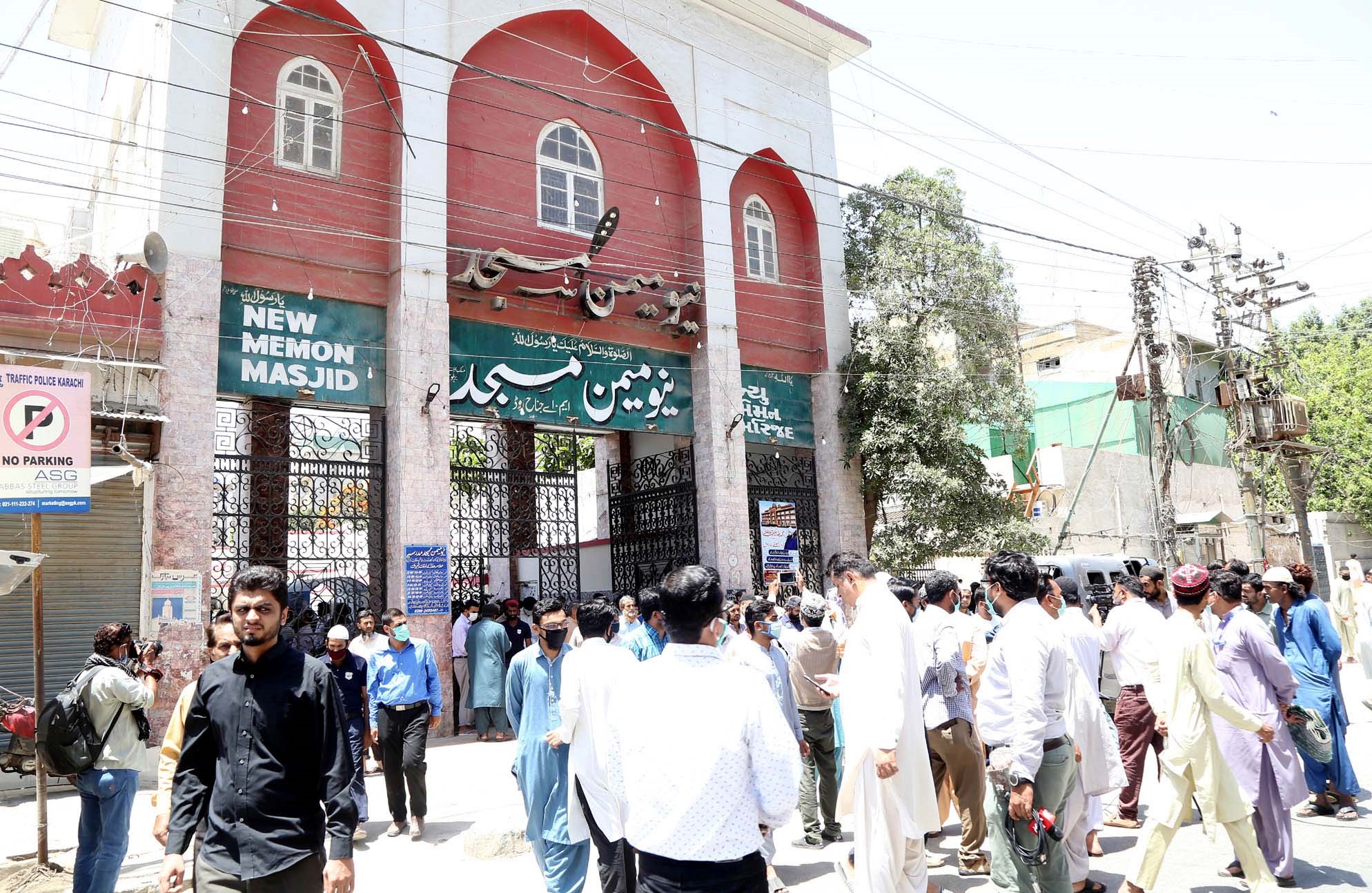
A complete ban on flight operations is in effect and will continue till May 10. Train services were also halted on March 24 after approval by Prime Minister Imran Khan and have yet to resume.
Lockdowns in all the provinces were extended twice, even with the prime minister voicing hesitation in implementing a strict nationwide lockdown.
On April 14, less than a month into the lockdown measures being observed across Pakistan, the premier said that the country would shift to a “smart lockdown” with certain industries to begin opening in a phased manner. The first of these, he announced, would be the construction industry — which he said was a crucial means for the daily wage worker to earn a livelihood. The plan also includes the use of an effective "track and trace" system to enable the country to continue to reopen businesses.
The lockdown, in late April, was extended to May 9. On May 7, as the country witnessed the highest daily rise in number of cases the government announced it would begin to ease restrictions when the lockdown period ends.
"We're deciding that we are ending this lockdown now," PM Imran said in a televised address on Thursday. "We know that we're doing it at a time when our curve is going up ... but it is not edging up as we were expecting."
Educational institutes will remain closed till July 15, with all matriculation and intermediate board examinations called off. Students will be promoted based on last year’s results, said the education ministry.
A decision to reopen intercity transport and railways will be taken later, Planning Minister Asad Umar said. Among other decisions taken included the opening of more businesses associated with construction such as ceramic and sanitary wares. Selected outpatient departments at hospitals will also be opened to treat specific illnesses.
Markets will be allowed to operate after sehri, but will have to close at 5pm. Additionally, markets will remain closed for two days a week.
The country is nearing 26,000 cases and 600 deaths.
Japan
Japan’s premier, Shinzo Abe, had announced a month-long state of emergency in the capital as well as six other prefectures on April 7.
This enabled the closure of non-essential businesses and a restriction on unnecessary movement.
The measures were then extended to the rest of the country and were to end on May 6 at the end of the ‘Golden Week’. However, an extension until May 31 has since been announced.
According to a report by The Guardian, Abe called on all citizens to adopt “new lifestyles” incorporating physical distancing. The extended measures were “designed for us to prepare for the next step and put an end to the state of emergency” he was quoted as saying.
He was reportedly warned by experts that the number of cases had not fallen enough to warrant a relaxation in curbs.
Thirteen prefectures declared “high risk” are expected to see a continued cut down in person-to-person contact by up to 80% as well as maintaining other social distancing measures. This includes Tokyo and Osaka.
In lower risk areas, “restrictions on business operations and small gatherings will be relaxed, but residents will still be asked not to travel outside their home regions”, said the British publication.
Bars and nightclubs will continue to remain shut, whereas museums, libraries and parks are likely to reopen conditional on following precautions.
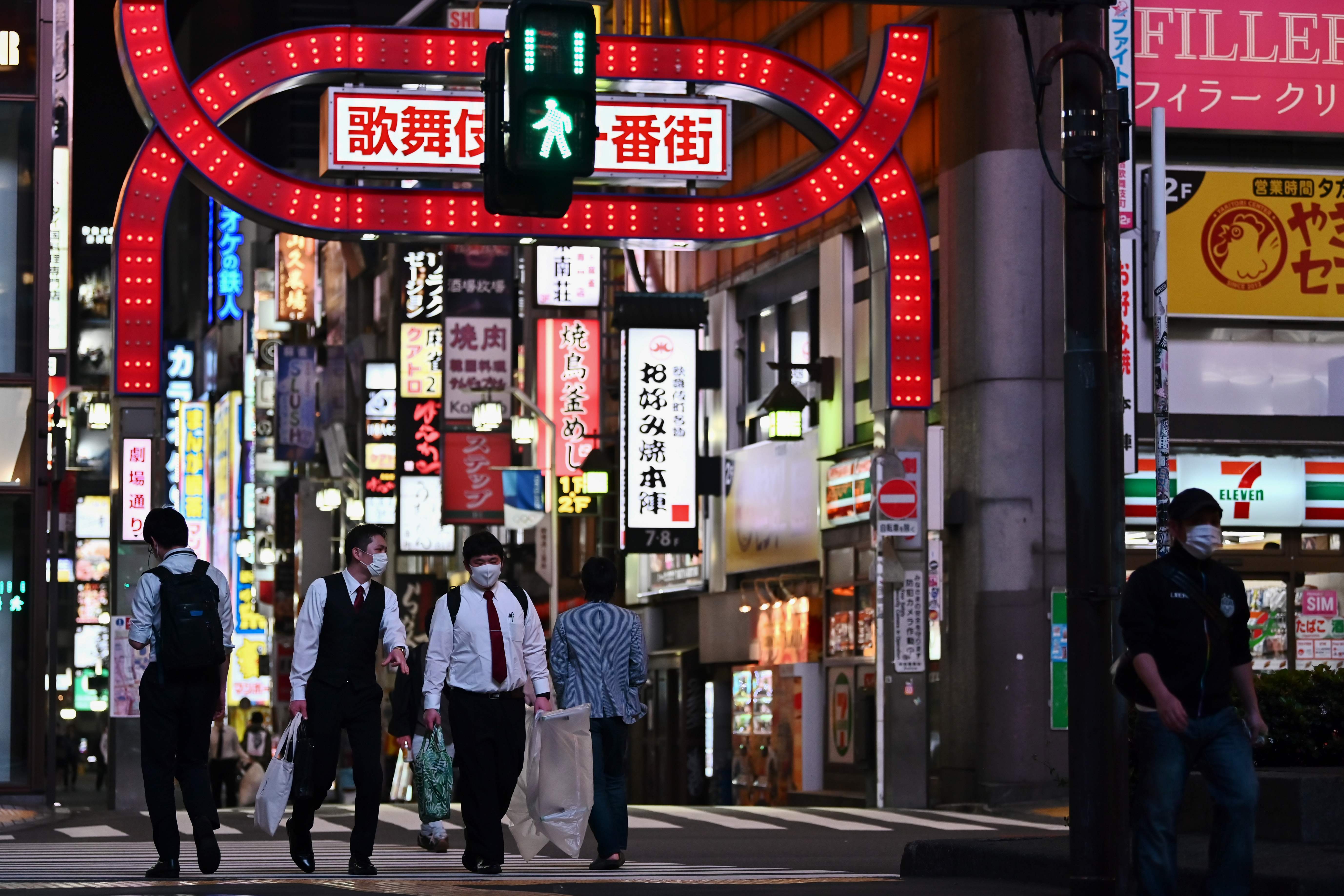
The Golden Week holidays have indicated the level of seriousness Tokyo residents have demonstrated in keeping contact to a minimum. “While some central parts of the capital have been almost empty, suburban shopping areas, parks and out-of-town beaches are still busy. Some pachinko parlours have remained open, despite local authorities’ threats to name them publicly,” reported The Guardian.
Although, the number of daily cases in Tokyo has “stabilised” since a peak of 201 on April 17, Japan has been criticised for testing a low number per 1,000 individuals — only 1.3. The total number of cases at the time of this report, stood at 15,253 with 556 deaths, according to a Johns Hopkins tally.
Meanwhile, with the postponement of the Tokyo Olympics, concern has been voiced on the virus’ effects to one of the world’s largest economies, which according to The Guardian, was already headed to a recession before the outbreak hit.
South Korea
South Korea was one of the few countries to have announced a halt in the spread of the coronavirus despite no formal lockdown or restrictions in place, except for an emphasis on social distancing enforced from the end of March until mid-April.
Social distancing was brought to a cautious end on May 6. Sport fans will now be able to hit the stadiums and museums and libraries have begun to reopen. However, the country is far from a return to normalcy.
“Thermal scanners at theme parks, shopping for makeup while wearing masks and constant tracking of people's whereabouts through apps and credit card data are markers of the new post-pandemic world in the country leading the way in its response to the virus,” reported NBC.
South Korea implemented an aggressive tracking and tracing policy early on in its response. Over one million tests have been conducted since the country’s first case was reported in late January. As a result, a death toll of 255 has been reported in a country with a population of over 51 million.
According to Kim Kang Lip, vice minister of health and welfare, professional sports, including baseball, began on May 5, and soccer is expected to resume in the coming days. Both sports will welcome spectators for viewing. Furthermore, a golf tournament is expected to be held on May 14.
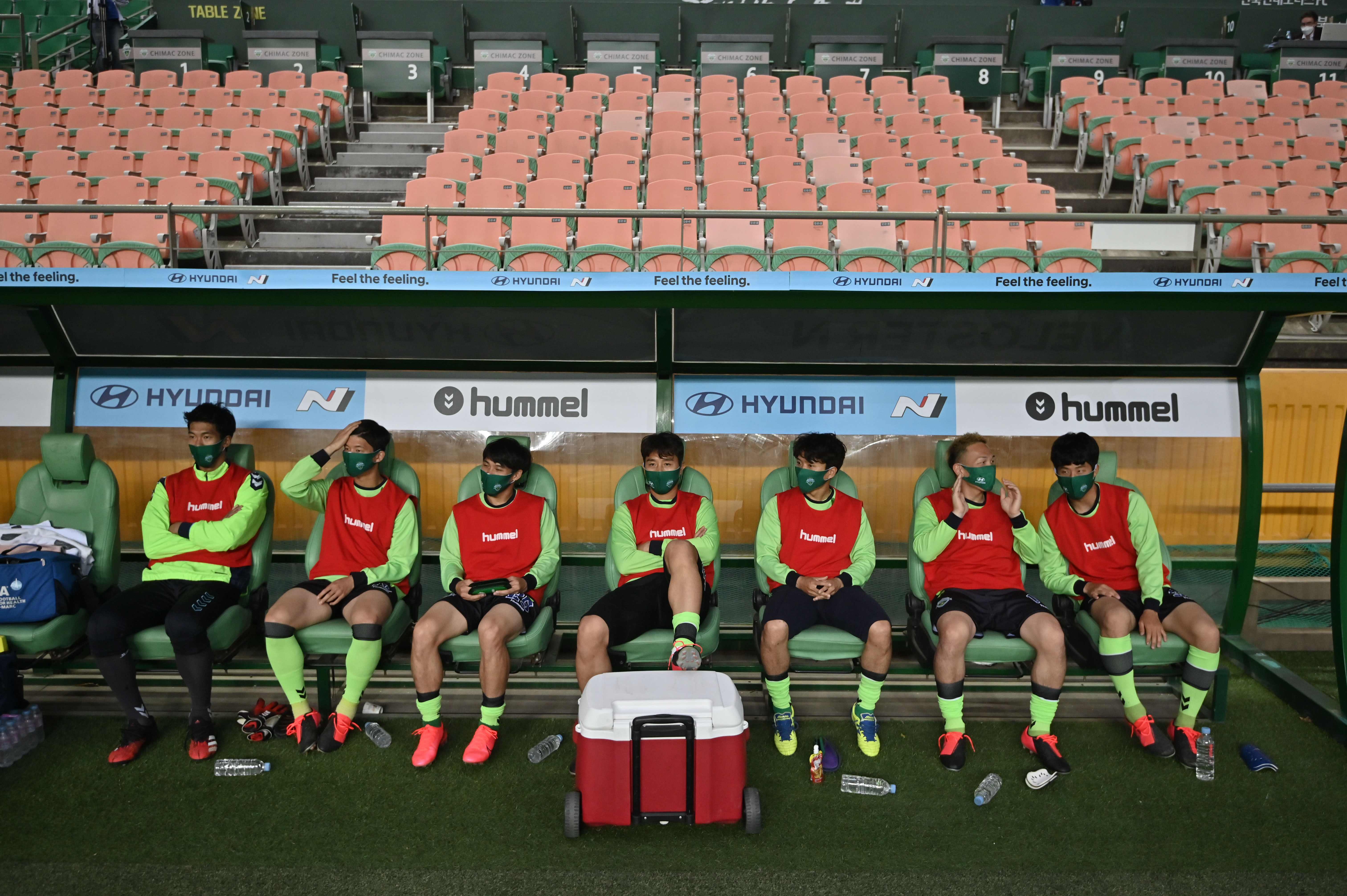
Fears of a second wave, however, persist and dictate behavior, including wearing masks at all times.
Travellers to the country are expected to install a smartphone app which they must use to record their temperature and report symptoms every day — all the while being under a mandatory 14-day lockdown. They may also be asked to wear a tracking bracelet during their stay in the country.
Foreign nationals are put up in a government facility and have their meals delivered to their doorsteps so contact is minimised. Failure to an adherence to any of the rules leads to the imposition of fines and even prison time.
People are continued to keep a two arms-lengths’ distance and talking in public is frowned upon. All such instructions are displayed in public modes of transport.
Students are expected to rejoin school next week. The government, meanwhile, is building a dedicated hospital and setting up 1,000 clinics so if the next wave hits, the country will be fully prepared.
According to an interview published in Time magazine with health and welfare minister Park Neung-hoo: “The greatest leverage we have for controlling COVID-19 is people’s trust in the state. Deep trust not only minimises public anxiety, but is critical in inducing the participation and cooperation of the people in enforcing the potent vaccine that is social distancing.
“For this, it is very important to provide relevant information to the people in the most transparent possible manner. In addition, it is also important to have smooth inter-ministerial and central-to-local governmental communication.”
Malaysia
Malaysia’s Movement Control Order came into effect on March 18 and was due to expire on May 12. However, in a surprise move, Prime Minister Muhyiddin Yassin announced the order would be softened, starting May 4, reported Sydney Morning Herald.
That day, the country, a nation of 32 million people, reported 55 new coronavirus infections, slightly down after two consecutive days of more than 100 new cases.
The country’s current tally stands at 6,467 confirmed infections and 107 deaths, according to the Johns Hopkins dashboard.
The country’s sudden announcement to ease restrictions has alarmed scientists. The MCO had ordered businesses and schools shut, and prevented people from gathering at religious, sports, arts and cultural events. It also barred citizens from leaving the country and prevented interstate travel.
Under the new order, restaurants and food courts can serve customers while ensuring safety measures. Offices and shopping malls can also resume activity so long as strict hygiene practices are followed.
Schools and religious spaces are still closed.
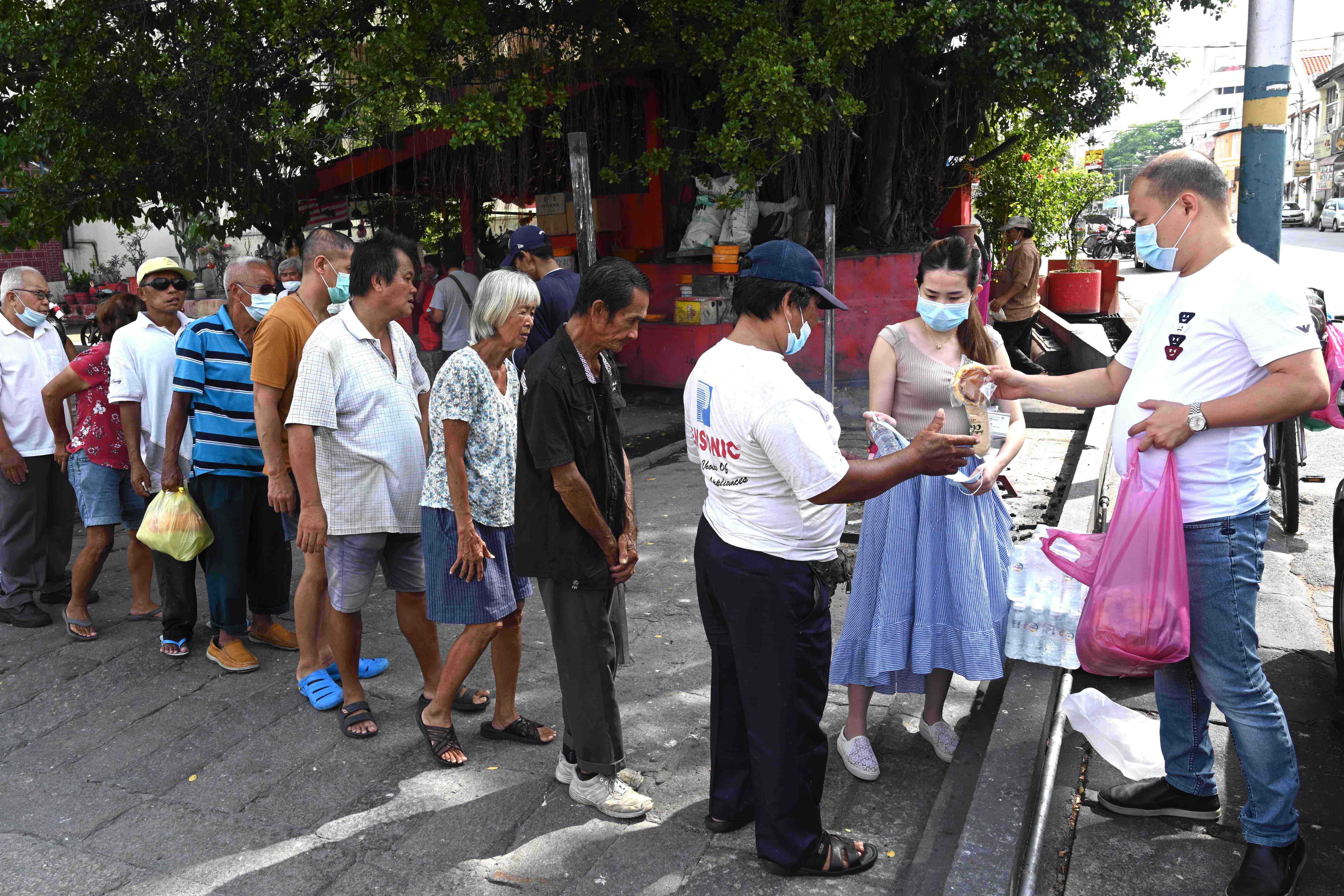
It is speculated the move comes after pressure from political allies.
"Easing... should be done gradually, not abruptly...ideally, from an epidemiology point of view, the easing should start when there are no cases from local transmission for 14 consecutive days," said Professor Malina Osman, an epidemiologist at Universiti Putra Malaysia.
Thailand
Thailand began gradually lifting restrictions on May 3 after reporting single-digit new COVID-19 infections each day this past week, according to Straits Times.
People hit the parks, got hair cuts at salons and dined out for the first time since a month.
Marketplaces, open-air sports venues such as tennis courts and golf courses, along with shooting and archery ranges are all reopening across the country. Pet grooming salons have also resumed operations.
However, each province is seeing a different kind of easing in restrictions and social distancing is still expected to be observed with proprietors required to carry out temperature checks.
Authorities have also resumed selling alcohol after a three-week ban, though they warned that restrictions could be reinstated if it caused an increase of large gatherings. Furthermore, drinking is only allowed at home and not at establishments.
In restaurants, customers must be seated 1.5m apart from one another. Hot pots must not be shared and food from the buffet must be served to customers while they remain seated at their tables.
Meanwhile, over at salons and barbershops customers must not be made to wait; appointments must be sought beforehand. Also, the places must be cleaned for 20 minutes after each slot of two hours.
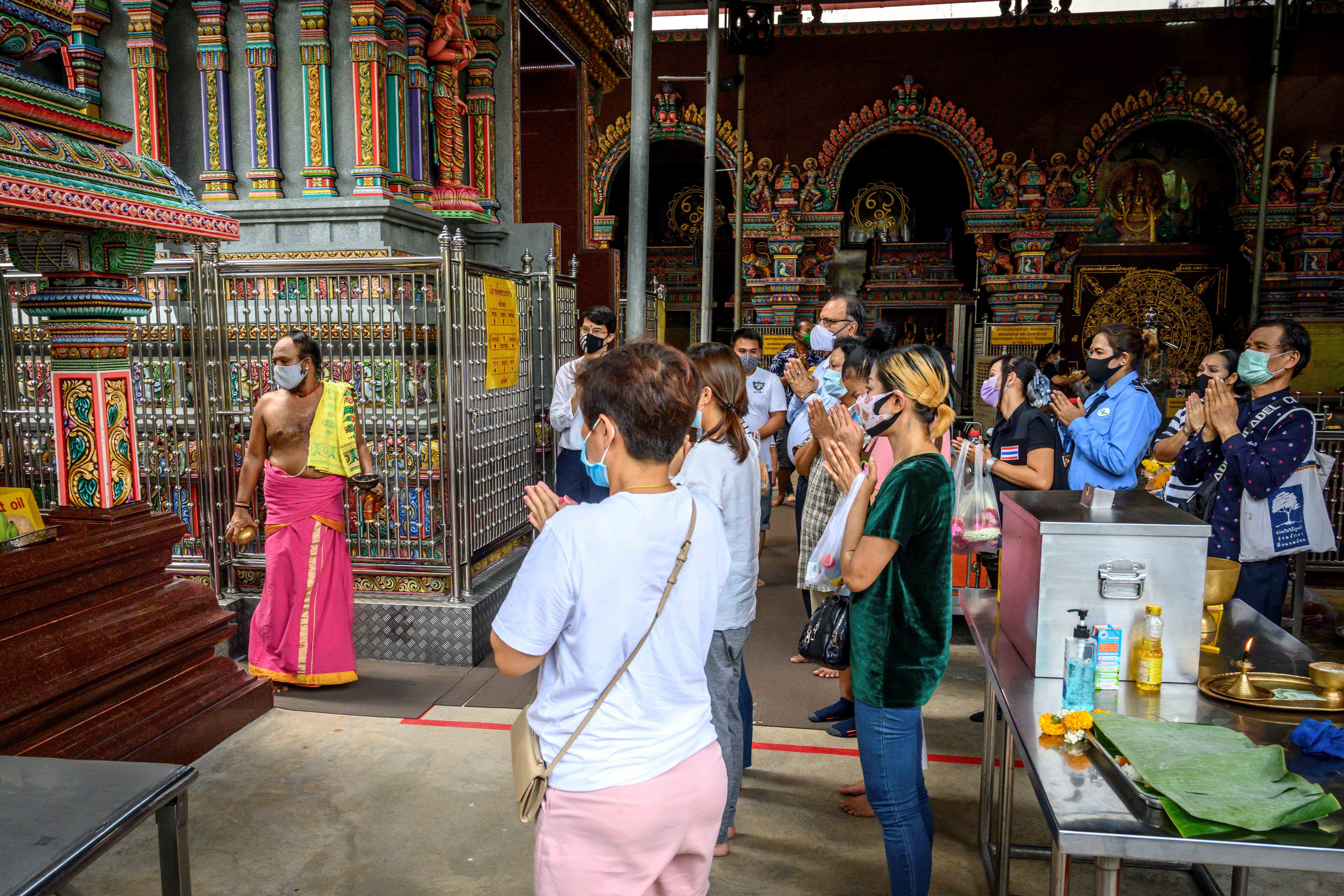
The economy will witness a gradual reopening — over four phases spaced out at 14-day intervals.
The government has warned that if a second wave of infections occurs, restrictions will no longer be eased.
The country has 2,992 confirmed cases and 55 deaths, according to Johns Hopkins’ dashboard.
Indonesia
The Indonesian government had largely been attempting to ride out the pandemic owing to concerns of a hit on the economy and avoided any large scale restrictions aside from “scattered enforcement of rules on masks and gatherings”.
To put things into perspective, Asia Times reported that President Joko Widodo “had been torn between dealing with the growing health crisis, preserving his popularity among the Muslim majority and ensuring that the economy at least keeps ticking over to head off social unrest”.
On April 23, when most of the region had begun to ease restrictions, Indonesia announced a clamp down on mobility, restricting all air, sea and rail travel for the next month.
In a series of announcements, the transport ministry said it is suspending “all domestic flights and ferry operations with exceptions for commercial cargo, medical and migrant worker evacuation, state officials, diplomats and residents of small islands”.
The government said air travel restrictions will remain in effect until June 1, the sea travel ban until June 8 and train services for inter-city travel will resume on May 31.
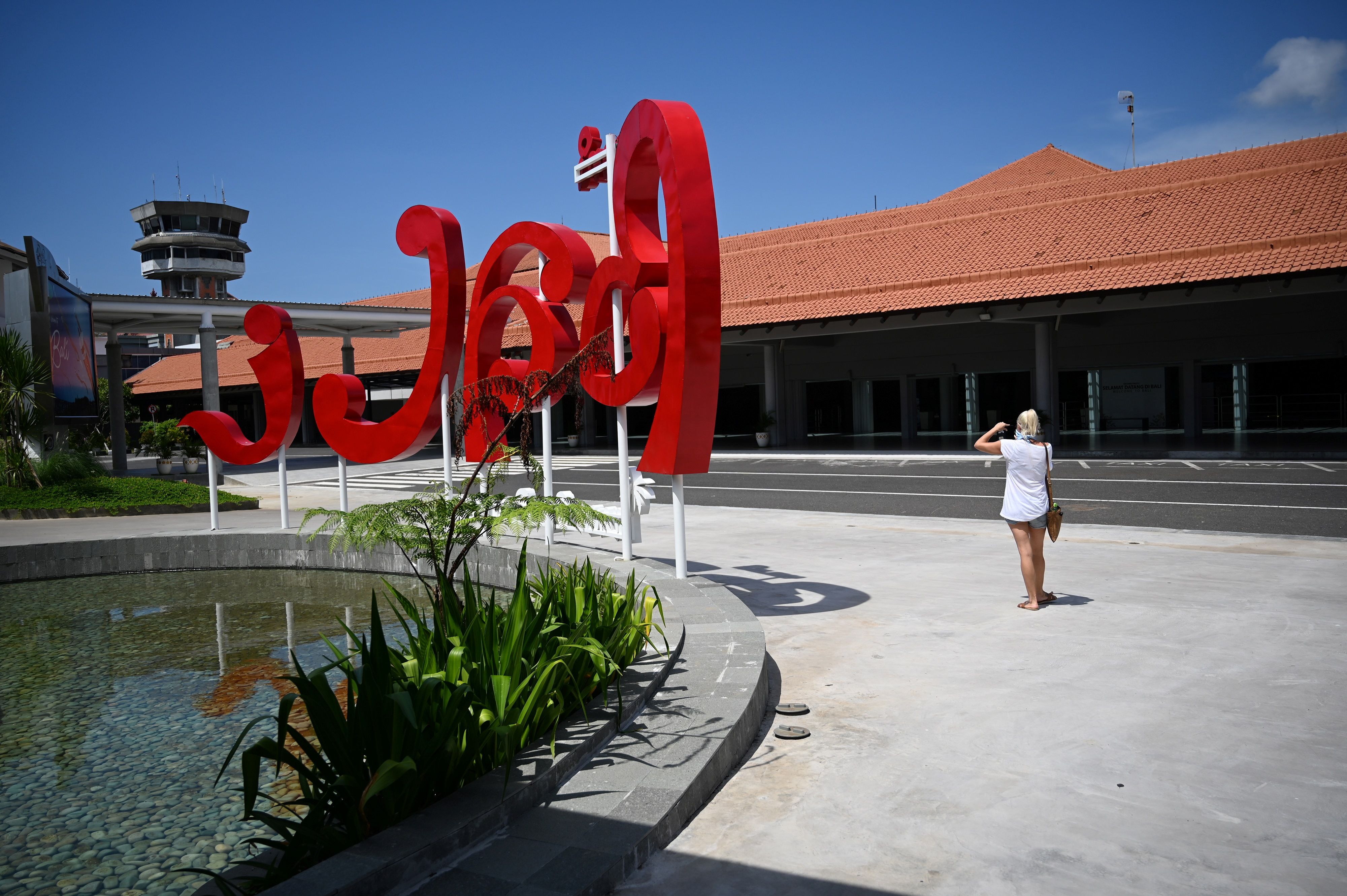
“The world’s fourth most populous country, Indonesia officially had 8,211 confirmed Covid-19 cases as of April 24, ranking 34th on the World Health Organisation’s (WHO) list of 213 nations and territories with the disease,” reported Asia Times.
It added that with a death toll of 689, the country is placed at number 16 but the health ministry is accused of manipulating figures after an estimated mortality of 1,300 was reported by the National Disaster Mitigation Agency (BNPB).
Two weeks later, the transport ministry confirmed what has been criticised by civil society groups as a "confusing" policy backflip.
Those who work in security, defence and health services, or have emergency health reasons, will be allowed to travel if they have tested negative for the novel coronavirus and have a letter from their employer, the ministry told Reuters.
Migrant workers going home will also be allowed to travel.
"Operations will be limited and only for passengers who have been declared healthy and whose special interests are supported with documentation," said Adita Irawati, a spokesman for the transport ministry.
Garuda Indonesia resumed domestic flights on May 7, while Lion Air, Wings Air and Batik Air, all members of the Lion Air group, are scheduled to resume domestic flights on May 10.
The government of the world's largest Muslim-majority country had come under fire from some officials and health experts for being slow in announcing a ban on people travelling for the Eid-ul-Fitr holiday at the end of Ramadan, when traditionally millions head back to hometowns and villages.
There are fears mass movements would rapidly spread the virus across archipelago, including to remote areas ill-equipped to handle a health crisis. The end of Ramadan is on around May 23.
The ministry defended its policy revision saying that travel at the end of Ramadan remains banned, although there are concerns about how well the ban might be enforced.
On May 8, a coalition of civil society groups criticised inconsistent and confusing messaging on social restrictions, accusing the government of "prioritising the economy over the rights to public health".
Despite only mixed evidence the government has flattened the COVID-19 curve, or slowed the rate of new infections, it has appeared eager to resume economic activity and ease social restrictions.
This week, Finance Minister Sri Mulyani Indrawati said the coronavirus epidemic had set poverty-eradication efforts back a decade, with more than 2 million people losing their jobs in the past six weeks.
But in a country with more than 13,000 cases of the virus and the highest death toll in East Asia outside China, some believe the move to relax restrictions could be premature.
"It’s too early,” said Dono Widiatmoko, a public health expert at the University of Derby.
“If social restrictions are relaxed with flights and trains resumed, the public will see this as a signal of normality and public transport will get busier, denser.”
The government’s credibility took a hit when Health Minister Terawan Agus Putranto, the president’s doctor, claimed in mid-February — a time when the first case was yet to be reported — that prayer was keeping Indonesia safe from the disease.
Skepticism among the people remains high. “Health authorities have struggled to grasp the true scale of the pandemic, let alone determine with confidence in which areas of the country, particularly on Java island, COVID-19 is not circulating,” The Jakarta Post said in an April 24 editorial.
Singapore
Singapore’s return to relative normalcy will come on May 12, when businesses will be allowed to resume operations. A partial lockdown will stay in effect until June 1 to continue to curb the virus’ spread.
"We are asking various companies to put in place [safety] measures and they will start to prepare now...As soon as they are ready by 12 May, they can resume work," Minister of Trade and Industry Chan Chun Sing said at a virtual press conference on May 4.
The city-state imposed a month-long lockdown which it had labeled a “Circuit Breaker” on April 7.
The minister said that there will be a gradual reopening of the economy, with certain sectors given priority. "There is a phased plan whereby different sectors will progressively be able to restart their operations once they put in place" the necessary safety measures.
"We will not be able to open some of the social entertainment outlets, but we are focused on our manufacturing capacities and production capabilities," he said.
In line with this, sectors closely associated with global supply chains such as biopharma, petrochemicals and precision manufacturing will be prioritised. Even during the partial lockdown, these sectors have been allowed to maintain operations to a certain extent.
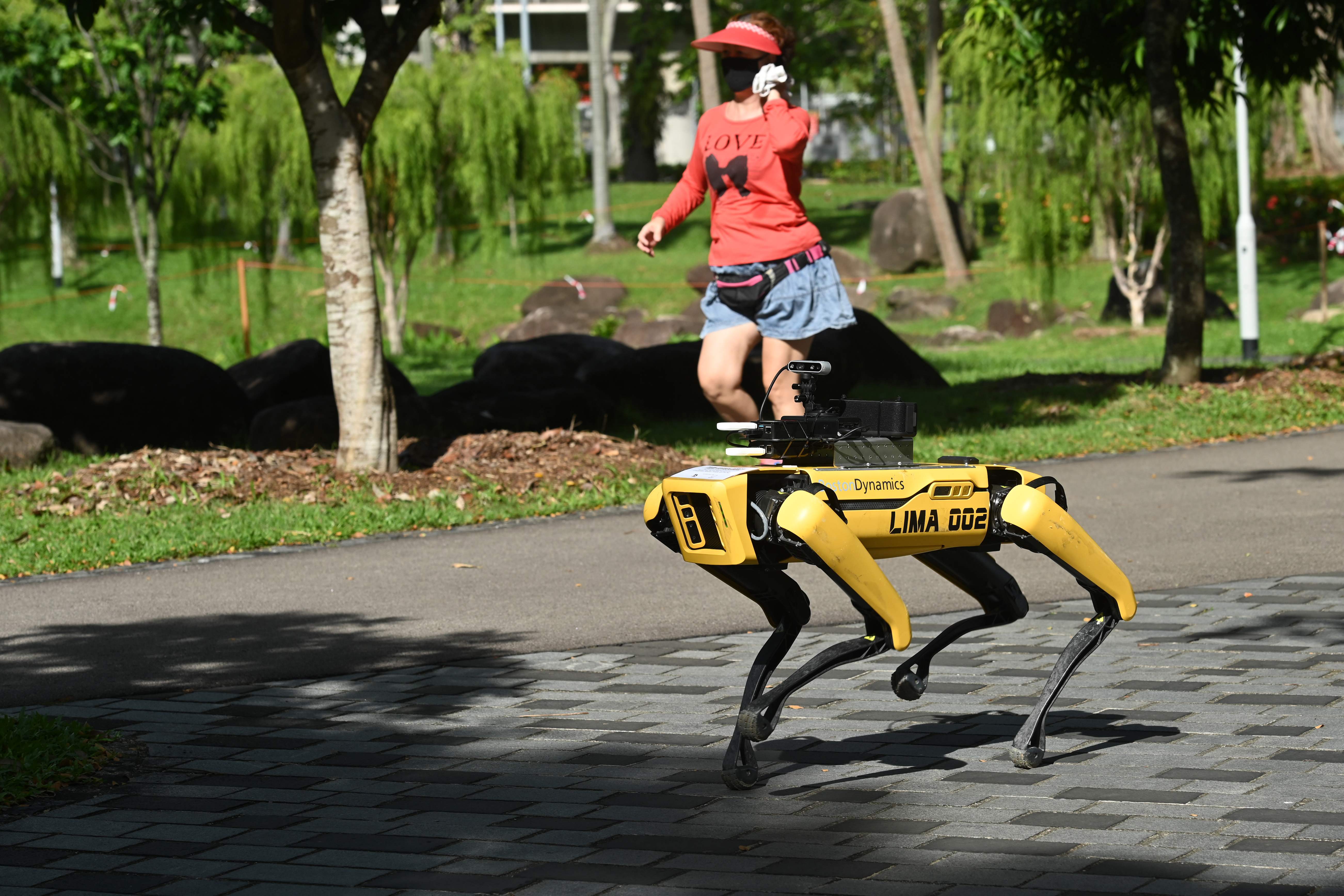
A relaxation in restrictions comes as communal spread has been slowing in Singapore even as infections in dormitories where migrant workers live, have taken the overall cases to the highest level in Southeast Asia.
The number of coronavirus cases in Singapore stood at 18,205 as of May 4. The number of fatalities has remained one of the lowest in the world at 18.
When businesses resume operations, companies are expected to enforce strict social distancing protocols. Workers will be prohibited from mingling, even after work. Wherever possible, a work from home policy will continue.
The Southeast Asian country has one of the highest testing rates in the world. According to a speech delivered in parliament by Minister for Health Gan Kim Yong, Singapore had conducted more than 140,000 tests, or around 2,500 tests per 100,000 people, as of April 27.
The minister said the country went from 2,900 tests a day in early April to 8,000 per day currently. It aims to hit 40,000 tests a day.




